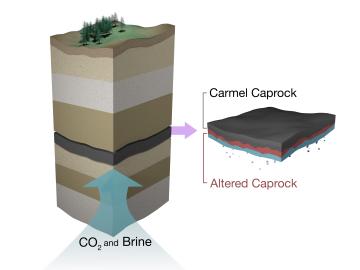
Filter News
Area of Research
- Biological Systems (2)
- Biology and Environment (18)
- Clean Energy (22)
- Climate and Environmental Systems (2)
- Computational Engineering (1)
- Computer Science (2)
- Data (1)
- Fusion and Fission (1)
- Materials (15)
- National Security (17)
- Neutron Science (5)
- Nuclear Science and Technology (2)
- Nuclear Systems Modeling, Simulation and Validation (1)
- Supercomputing (34)
Date
News Topics
- 3-D Printing/Advanced Manufacturing (2)
- Advanced Reactors (1)
- Artificial Intelligence (22)
- Big Data (28)
- Bioenergy (3)
- Biology (5)
- Biomedical (6)
- Biotechnology (2)
- Buildings (3)
- Chemical Sciences (2)
- Clean Water (2)
- Climate Change (17)
- Computer Science (32)
- Coronavirus (2)
- Cybersecurity (3)
- Decarbonization (2)
- Emergency (1)
- Energy Storage (1)
- Environment (24)
- Exascale Computing (6)
- Frontier (6)
- Fusion (1)
- Grid (5)
- High-Performance Computing (12)
- Hydropower (2)
- Isotopes (1)
- ITER (1)
- Machine Learning (11)
- Materials Science (5)
- Mathematics (2)
- Microscopy (2)
- Molten Salt (1)
- Nanotechnology (4)
- National Security (17)
- Net Zero (1)
- Neutron Science (2)
- Nuclear Energy (3)
- Physics (4)
- Quantum Science (1)
- Security (3)
- Simulation (6)
- Space Exploration (1)
- Statistics (1)
- Summit (8)
- Sustainable Energy (5)
- Transportation (5)
Media Contacts

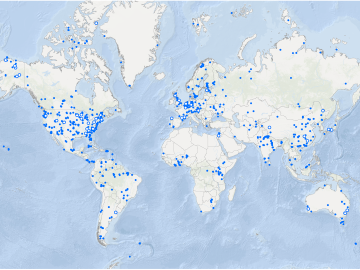
Oak Ridge National Laboratory (ORNL) scientists have released a new global, centralized database of plant root traits, or identifying characteristics, that can advance our understanding of how the hidden structure of plants belowground may interact with and relate to life aboveground. ...

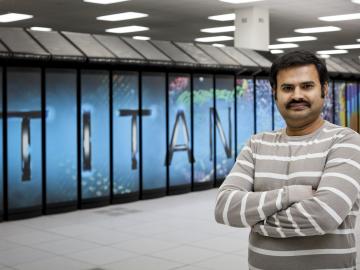
Supercomputers like Oak Ridge National Laboratory’s Titan are advancing science at a frenetic pace and helping researchers make sense of data that could have easily been missed, says Ramakrishnan “Ramki” Kannan. Kannan, a computer scientist who came to ORNL in March 2016 after ...
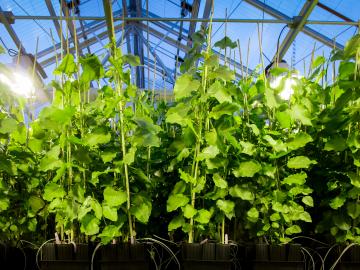
Researchers at the Department of Energy’s Oak Ridge National Laboratory (ORNL) have released the largest-ever single nucleotide polymorphism (SNP) dataset of genetic variations in poplar trees, information useful to plant scientists
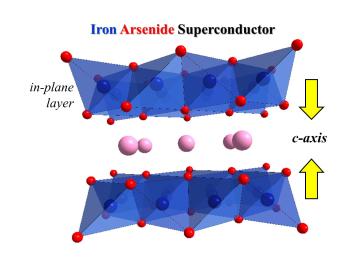
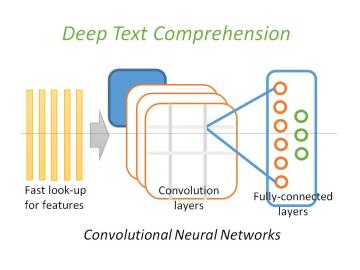
The development and maturation of automated data tools for cancer research, part of the objectives outlined in the White House’s Cancer Moonshot initiative, could give medical researchers and policymakers an unprecedented view of the U.S. cancer population—at a level of detail typi...
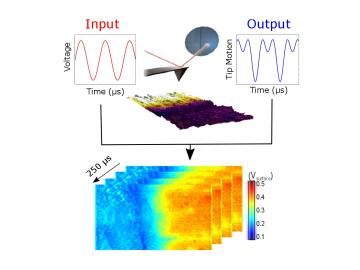
Scientists at Oak Ridge National Laboratory are harnessing big data capture and analytics to quickly develop deep insight into materials and their dynamics. Their new technique builds on Kelvin probe force microscopy, long used to gather information about electronic properties by “...

ORNL helps develop hybrid computational strategy for efficient sequencing of massive genome datasets
Computing experts at the Department of Energy’s Oak Ridge National Laboratory collaborated with a team of university researchers and software companies to develop a novel hybrid computational strategy to efficiently discover genetic variants
